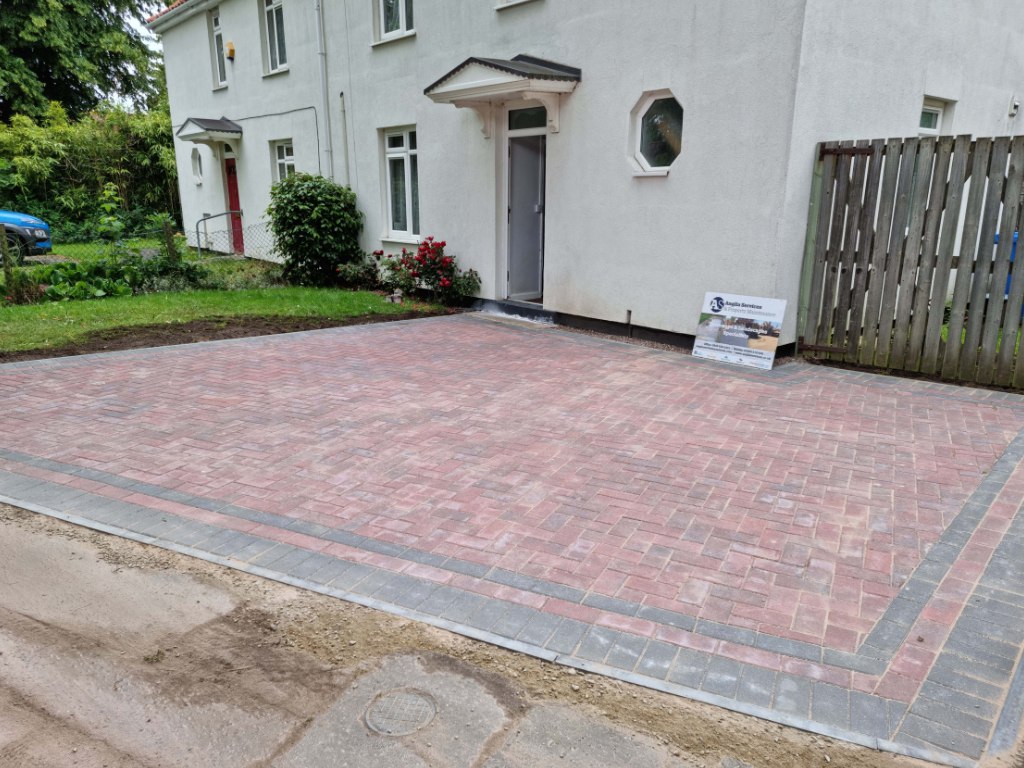Incorporating Tarmac in Low-Impact Development Projects
Introduction: In the modern age of sustainable building and environmental responsibility, low-impact development (LID) projects have become a priority for many developers and homeowners alike. One material that has proven practical and adaptable in these projects is tarmac. At Rushden Driveways & Patios, we specialise in utilising tarmac to create sustainable, eco-friendly solutions that harmonise with the environment. This blog post will explore how tarmac can be incorporated into low-impact development projects and its benefits for sustainable construction.
Understanding Low-Impact Development (LID)
Low-impact development is a design strategy that aims to manage stormwater runoff and reduce the environmental footprint of new developments. The goal is to maintain or replicate the natural hydrological cycle through various techniques, such as using permeable surfaces, green spaces, and sustainable water management practices. LID projects focus on preserving and enhancing the natural landscape while minimising negative environmental impacts.
Benefits of Tarmac in LID Projects
1. Permeable Tarmac Solutions
One key consideration in LID projects is managing stormwater runoff. Traditional impervious surfaces, such as standard tarmac, can exacerbate runoff issues by preventing water from infiltrating the ground. However, permeable tarmac solutions allow water to pass through the surface, reducing runoff and promoting groundwater recharge.
- Permeable Tarmac: Permeable tarmac is designed with a porous structure that allows rainwater to filter through the surface and into the underlying soil. This helps to mitigate flooding, reduce surface water pollution, and support the natural water cycle.
2. Durability and Longevity
Tarmac is renowned for its durability and long lifespan, making it an ideal choice for sustainable construction. When properly installed and maintained, tarmac surfaces can last for decades, reducing the need for frequent repairs and replacements.
- Reduced Maintenance: Tarmac’s long-lasting nature means fewer resources are needed for maintenance and repairs, contributing to the project’s overall sustainability.
3. Recyclability
Tarmac is a highly recyclable material. Old tarmac surfaces can be reclaimed and reused in new projects, reducing the demand for virgin materials and minimising waste.
- Sustainable Material Use: Developers can reduce their environmental impact and contribute to a circular economy by incorporating recycled tarmac into LID projects.
4. Energy Efficiency
Tarmac production and installation are relatively energy-efficient compared to other paving materials. Modern tarmac production techniques have evolved to minimise energy consumption and greenhouse gas emissions.
- Lower Carbon Footprint: Choosing tarmac for LID projects can help lower the development’s overall carbon footprint, aligning with sustainable building practices.
Practical Applications of Tarmac in LID Projects
1. Driveways and Pathways
Incorporating tarmac into driveways and pathways is a practical way to enhance the sustainability of residential and commercial properties. Permeable tarmac can effectively manage stormwater while still providing a durable and aesthetically pleasing surface.
- Residential Driveways: Permeable tarmac driveways help reduce runoff and prevent water pooling, protecting the property and the surrounding environment.
- Commercial Pathways: In commercial settings, permeable tarmac pathways provide a safe and accessible surface for pedestrians while supporting sustainable water management.
2. Parking Lots
Parking lots are often significant contributors to stormwater runoff. Using permeable tarmac in parking lot construction can help mitigate this issue and create a more sustainable solution.
- Sustainable Parking Solutions: Permeable tarmac parking lots allow water to infiltrate the ground, reducing runoff and the risk of flooding. This approach also improves the parking area’s overall environmental footprint.
3. Public Spaces
Tarmac can benefit public spaces, such as parks and recreational areas, by being used in their design. Permeable tarmac can be used for walking paths, playground surfaces, and other areas where stormwater management is crucial.
- Eco-Friendly Public Areas: Incorporating tarmac in public spaces enhances accessibility and usability while promoting sustainable water management practices.
Conclusion: Incorporating tarmac into low-impact development projects is a practical and sustainable choice that offers numerous environmental benefits. From permeable solutions that manage stormwater runoff to the recyclability and durability of the material, tarmac is well-suited to meet the demands of modern, eco-friendly construction.
Call us on: 01933 823 204
Click here to find out more about Rushden Driveways & Patios
Click here to complete our contact form and see how we can help you with your driveway needs.

